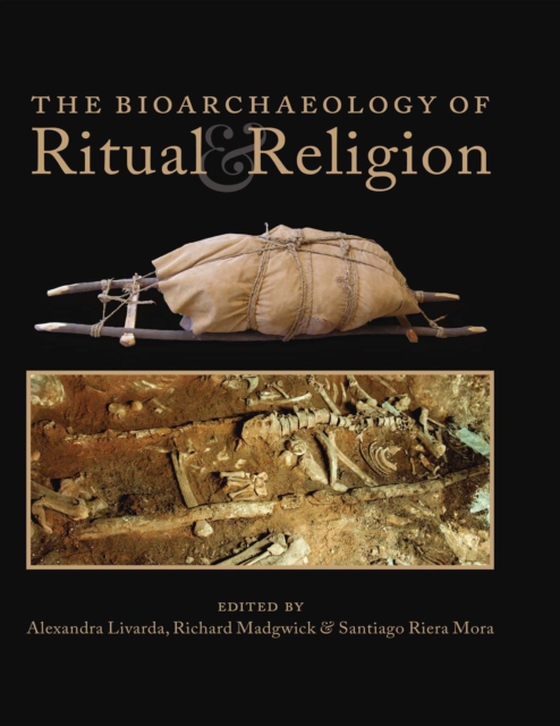
Bioarchaeology of Ritual and Religion e-bog
260,50 DKK
(inkl. moms 325,62 DKK)
The Bioarchaeology of Ritual and Religion is the first volume dedicated to exploring ritual and religious practice in past societies from a variety of ‘environmental’ remains. Building on recent debates surrounding, for instance, performance, materiality and the false dichotomy between ritualistic and secular behavior, this book investigates notions of ritual and religion through th...
E-bog
260,50 DKK
Forlag
Oxbow Books
Udgivet
21 december 2017
Længde
288 sider
Genrer
HD
Sprog
English
Format
pdf
Beskyttelse
LCP
ISBN
9781785708312
The Bioarchaeology of Ritual and Religion is the first volume dedicated to exploring ritual and religious practice in past societies from a variety of ‘environmental’ remains. Building on recent debates surrounding, for instance, performance, materiality and the false dichotomy between ritualistic and secular behavior, this book investigates notions of ritual and religion through the lens of perishable material culture. Research centering on bioarchaeological evidence and drawing on methods from archaeological science has traditionally focused on functional questions surrounding environment and economy. However, recent years have seen an increased recognition of the under-exploited potential for scientific data to provide detailed information relating to ritual and religious practice. This volume explores the diverse roles of plant, animal, and other organic remains in ritual and religion, as foods, offerings, sensory or healing mediums, grave goods, and worked artifacts. It also provides insights into how archaeological science can shed light on the reconstruction of ritual processes and the framing of rituals. The 14 papers showcase current and new approaches in the investigation of bioarchaeological evidence for elucidating complex social issues and worldviews. The case studies are intentionally broad, encompassing a range of sub-disciplines of bioarchaeology including archaeobotany, anthracology, palynology, micromorphology, geoarchaeology, zooarchaeology (including avian and worked bone studies), archaeomalacology, and organic residue analysis. The temporal and geographical coverage is equally wide, extending across Europe from the Mediterranean and Aegean to the Baltic and North Atlantic regions, and from the Mesolithic to the medieval period. The volume also includes a discursive paper by Prof. Brian Hayden, who suggests a different interpretative framework of archaeological contexts and rituals.
 Dansk
Dansk

